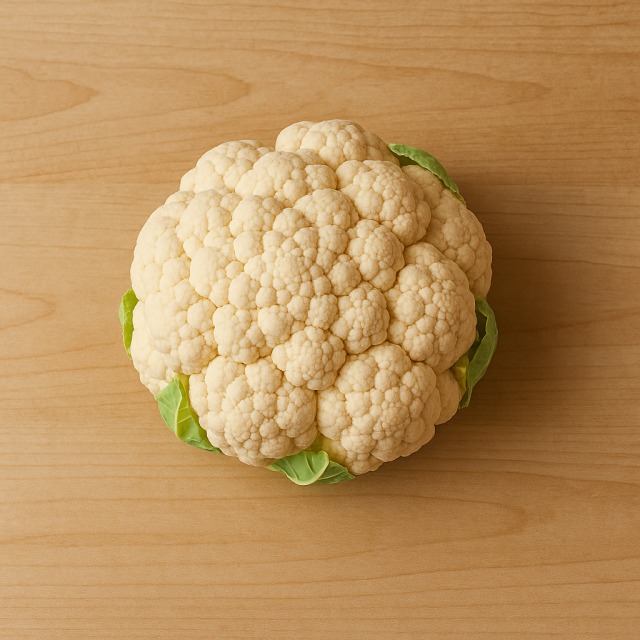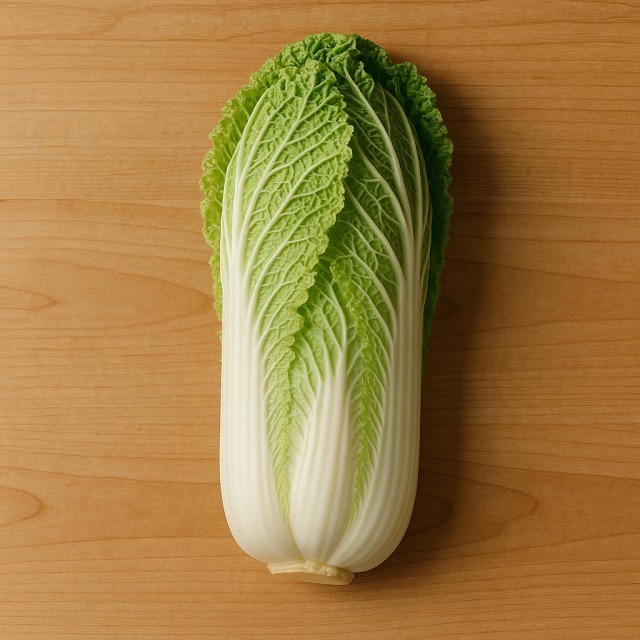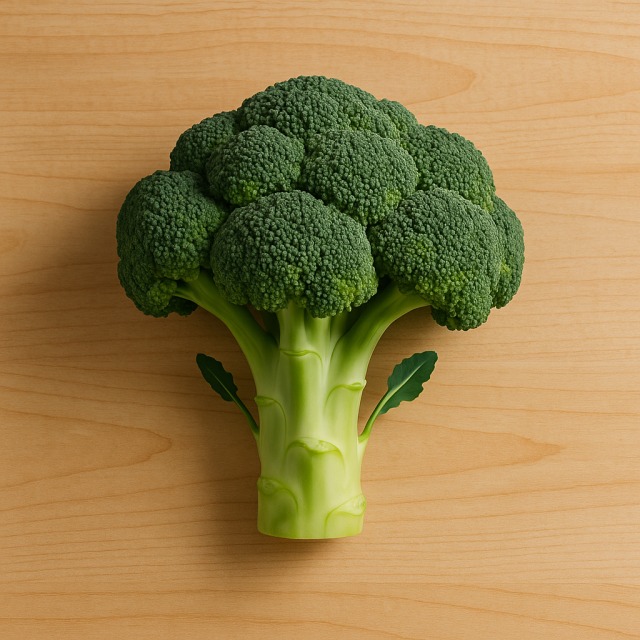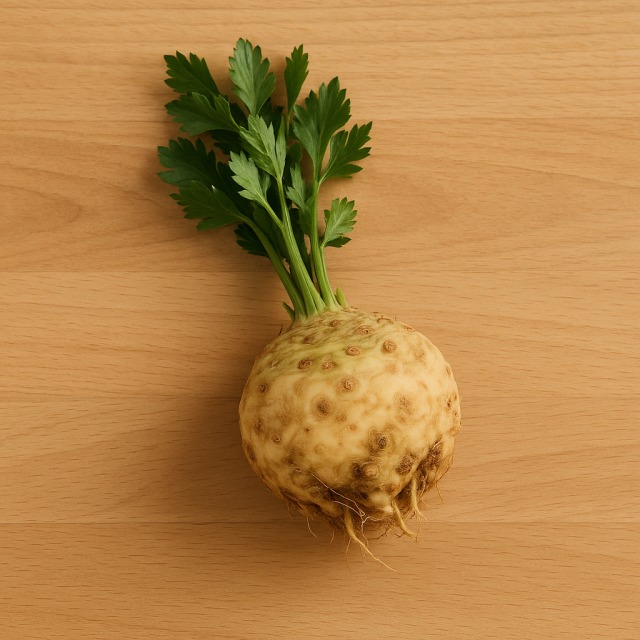Calorie Chart / Vegetables / Kohlrabi
How Many Calories Are in Kohlrabi?
Calculation of the nutritional value & Recommended Dietary Intake of kohlrabi
For g and a calorie requirement of kcal
| Calories 60 kcal | Proteins 1.5 g | Lipids 0 g | Carbohydrates 14 g |
| 3% | 2% | 0% | 5% |
Health benefits of kohlrabi
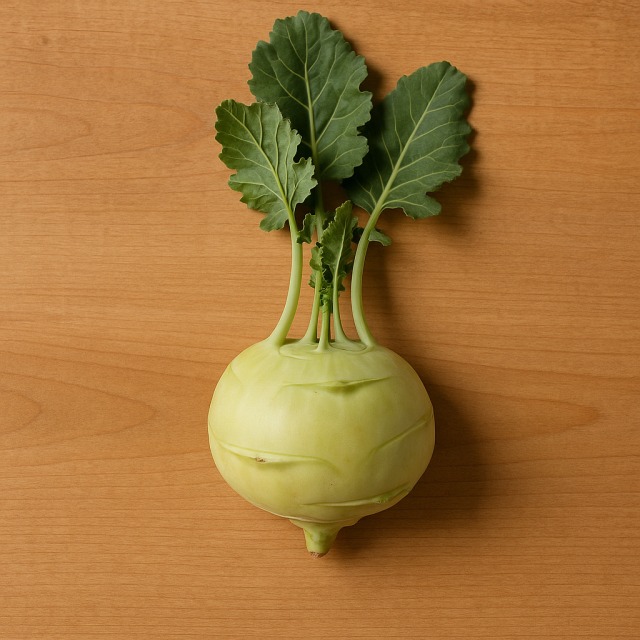
Kohlrabi - 100g
Calories 40 kcal
Proteins 1 g
Lipids 0 g
Carbohydrates 9 g
Kohlrabi is a low-calorie member of the Brassica family, making it a smart choice when you need volume on the plate without piling on calories. Despite its modest energy density, it brings an impressive nutrient package.
The bulb is particularly rich in vitamin C (one of the highest concentrations among cabbages), vitamin B6, and potassium. Its purple or green skin also concentrates anthocyanins and glucosinolates, compounds studied for their supposed anti-cancer properties (still under investigation, hence "supposed"). Thanks to soluble and insoluble fibre, kohlrabi supports intestinal transit while keeping calories under control and providing a pleasant satiety effect.
Because it contains almost no lipids, just a gram of protein and fewer than 10 g of carbohydrates per 100 g, nutritionists rank kohlrabi as a naturally low-calorie food. A serving therefore integrates easily into weight-loss, maintenance, or sport-specific diets where calories have to be monitored closely.
Originally cultivated in Northern Europe in the 16th century, the vegetable's name comes from the German words "kohl" (cabbage) and "rübe" (turnip). Its peppery sweetness made it popular with sailors who valued it for its vitamin C content against scurvy—a historical nod that underlines its nutritional clout without adding calories.
Tips for incorporating kohlrabi into a balanced diet
Raw and crunchy, thin kohlrabi sticks brighten a snack plate alongside hummus or a light yogurt sauce; the combination delivers protein with very few additional calories. For a refreshing slaw, grate kohlrabi with julienned apple and carrot, then dress with lemon juice and a drizzle of olive oil—ideal when you track calories but still want flavour.
Oven-roasted kohlrabi cubes tossed with paprika partner well with a fillet of salmon for a balanced lunch rich in omega-3 yet moderate in calories. You can also blend steamed kohlrabi into a silky purée to accompany grilled chicken breast; the vegetable's mild taste lightens the dish and keeps total calories in check compared with a classic mashed potato.
Finally, drop diced kohlrabi into your next vegetable soup or stir-fry (if you are counting calories, replace part of the starch with the bulb). The leaves, sautéed like spinach, add iron and vitamin A without significant calories, showing how the whole plant can support a varied, calorie-conscious menu.
Frequently Asked Questions
- How many calories are in kohlrabi?
- 40 kcal per 100 g.
- Is kohlrabi considered a low-calorie food?
- Yes, its 40 kcal per 100 g classify it among low-calorie vegetables, similar to zucchini or cucumber.
- Can I eat kohlrabi on a calorie-restricted diet?
- Absolutely; its high water and fibre content help you feel full while adding minimal calories to the day's total.
- Are the leaves edible and do they add many calories?
- The leaves are edible, rich in vitamin A, and hardly increase calories—about 25 kcal per 100 g.
- Does cooking kohlrabi change its calories?
- The inherent calories remain the same, but added fats (butter, oil) will raise the final calorie count. Steam or roast lightly if you are watching calories.
Similar foods
Information provided by Calorie Menu may contain inaccuracies or errors. It cannot, under any circumstances, substitute medical advice or medication.
